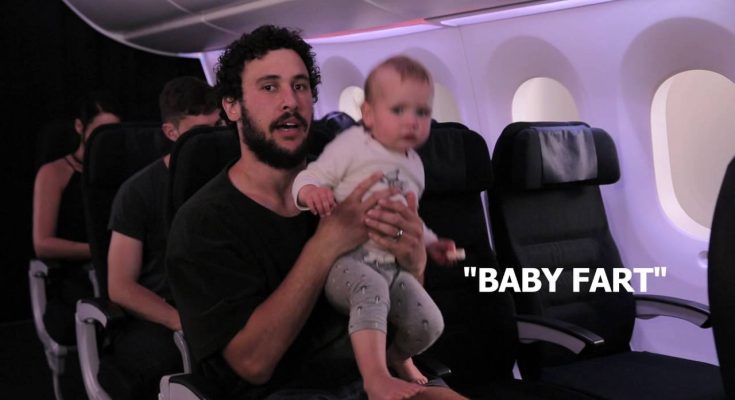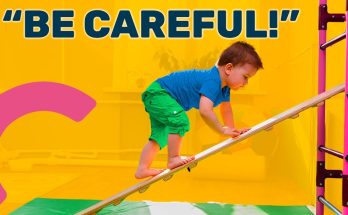Flying with a baby can feel overwhelming, especially if it’s your first time. From navigating security to keeping your little one comfortable in the air, preparation is key. Whether you’re taking a short domestic flight or a long-haul international trip, these tips will help make your journey smoother and less stressful.
1. Plan Your Flight Wisely
When booking your flight, consider:
- Flight Timing: Try to schedule flights around your baby’s nap or bedtime to increase the chances of them sleeping during the flight.
- Direct Flights vs. Layovers: Direct flights are usually better to avoid the hassle of layovers and additional takeoffs/landings, which can be rough on a baby’s ears.
- Choosing Your Seats: If possible, book a bulkhead seat for extra legroom or request a bassinet for long-haul flights. If flying with a lap baby, an aisle seat makes it easier to move around.
2. Know the Airline’s Baby Policies
Each airline has different policies for flying with babies. Check ahead for:
- Lap Infant vs. Paid Seat: Babies under two years old can often fly for free on domestic flights as a lap infant, but buying a seat and using a car seat can be safer and more comfortable.
- Baggage Allowance: Some airlines allow you to check a stroller and car seat for free.
- Bassinet Requests: Many international airlines offer bassinets for long-haul flights, but they must be reserved in advance.
3. Packing the Right Carry-On
A well-packed diaper bag can make all the difference. Bring:
- Diapers & Wipes: Pack enough for the flight plus extra for delays.
- Extra Clothes: For both baby and parents in case of spills or blowouts.
- Blanket: Useful for warmth, privacy, or laying baby down.
- Formula/Breast Milk: TSA allows you to bring breast milk, formula, and baby food in reasonable quantities.
- Snacks: If your baby is eating solids, bring easy, non-messy snacks.
- Toys & Comfort Items: A favorite stuffed animal, pacifier, or small toy can provide comfort.
- Plastic Bags: For dirty diapers or soiled clothes.
4. Getting Through Security
Security can be stressful, but knowing the rules helps:
- TSA Baby Food & Milk Policy: You’re allowed to carry baby formula, breast milk, and baby food in amounts exceeding the usual liquid limits. Let the officers know at screening.
- Wearing Your Baby: A baby carrier keeps your hands free and makes security checks easier since you won’t have to remove the baby like you would with a stroller.
- Shoes Off, Stroller Folded: Be ready to remove shoes and fold the stroller for X-ray screening.
5. Boarding the Plane
Many airlines offer priority boarding for families with young children. This can be helpful to get settled before other passengers board. However, some parents prefer boarding last to minimize the time spent on the plane. Choose what works best for you.
6. Helping Baby’s Ears During Takeoff & Landing
Changes in cabin pressure can be uncomfortable for babies. To help:
- Feed During Takeoff & Landing: Breastfeeding, bottle-feeding, or offering a pacifier helps equalize pressure.
- Yawning & Chewing: If your baby is old enough, giving them a small snack like a teething biscuit can help.
7. Keeping Baby Entertained
A bored baby is a fussy baby! Bring a mix of distractions:
- Soft Books & Small Toys: Avoid anything noisy or that could easily roll away.
- Interactive Apps or Shows: If your baby enjoys screens, a downloaded episode of their favorite show can be a lifesaver.
- Walk the Aisles: If safe and allowed, a little walk can help calm a restless baby.
8. Managing Diaper Changes on a Plane
Changing diapers in an airplane lavatory can be tricky. Some tips:
- Use the Changing Table: Most larger planes have a fold-down changing table in at least one restroom.
- Change Baby Before Boarding: A fresh diaper before takeoff can delay the need for an in-flight change.
- Bring Disposable Changing Pads: Airplane changing tables aren’t the cleanest, so a disposable pad helps.
9. Handling Crying & Meltdowns
Crying is inevitable at some point, and that’s okay! Some ways to soothe your baby include:
- Rocking & Shushing: Stand up and gently bounce if possible.
- Skin-to-Skin Contact: Holding your baby close can be comforting.
- Distraction: Try different toys or walking around.
10. Deplaning & Arrival
- Wait to Exit if Possible: If you don’t have a tight connection, staying seated until the crowd thins out can be less stressful.
- Have a Plan for the Stroller/Car Seat: If you gate-checked your stroller, it will be returned at the aircraft door or baggage claim.
Final Thoughts
Flying with a baby takes preparation, but it’s absolutely doable. The key is to stay flexible, go with the flow, and be patient—both with yourself and your baby. With time and practice, traveling with your little one will become easier. Safe travels!



